Today, a trip to the supermarket reveals dozens of ice cream and potato chip flavors, but the milk comes from only a few cow breeds, and only a handful of potato varieties are used. A study by the International Potato Centre predicts that 13 wild potato species could be extinct by 2050. Apples are also disappearing; a 1905 book titled “The Apples of New York” documented hundreds of varieties, but most are now gone, including the vanilla-flavored “Virginia Greening” from the 1700s. Like milk, apples, and potatoes, food varieties worldwide are disappearing at an alarming rate, reports PBS in The Lexicon of Sustainability.
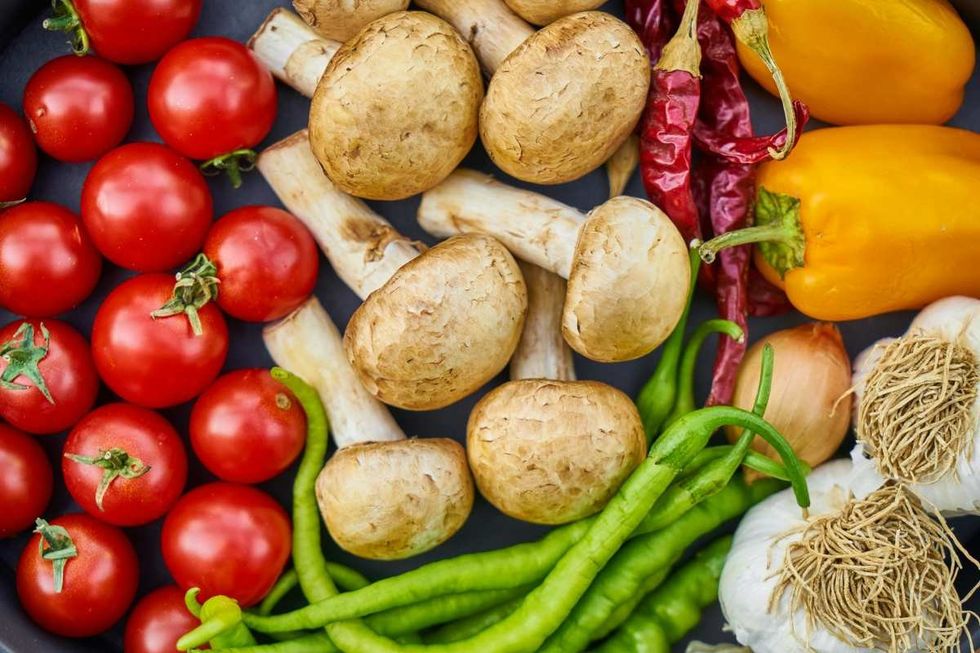
According to the UN Environment Programme, over the past 100 years, more than 90 percent of crop varieties have disappeared and today, just nine plant species account for 66 percent of total crop production. "Over the past 50 years, we are seeing that diets around the world are changing and they are becoming more similar - what we call the 'globalized diet'," Colin Khoury, a scientist from the Colombia-based International Center for Tropical Agriculture, told BBC. "This diet is composed of big, major crops such as wheat, rice, potatoes and sugar.” He added that the decline in crop diversity in the globalized diet has limited the production of more nutrient-rich foods. According to Khoury, the crops recording a decline were millets, rye, yams, sweet potatoes, and cassava in the past decade.
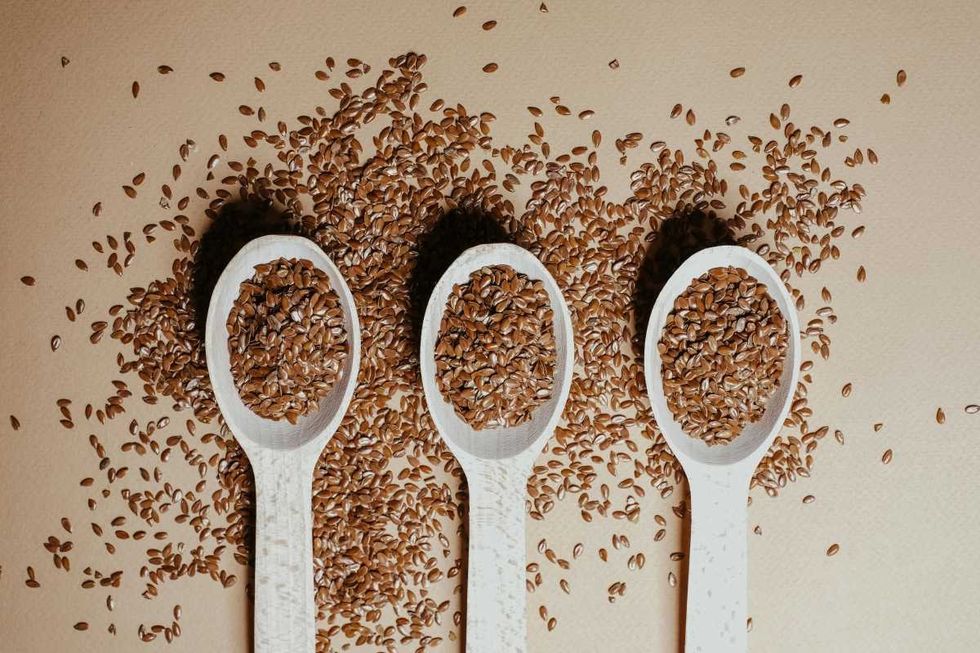
Although the world’s croplands have over 50,000 edible plants, just three of them, including rice, maize, and wheat provide 60 percent of the world's food energy intake, per FAO. So, what is happening? Why is crop diversity on the edge of extinction? The answer lies in seeds, according to PBS. Traditionally farmers grew and mutually shared these seeds, but today most seed production is controlled by a selected few companies. Plus, the DNA of seeds also seems to have been altered, which is called “genetic modification.”
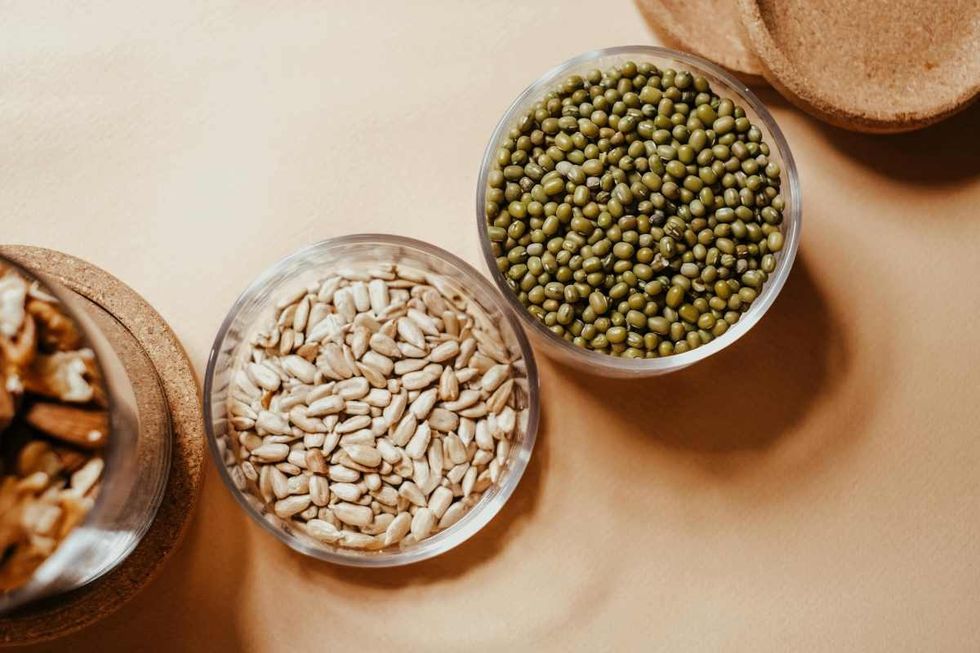
Another factor is “farming.” With the advent of advanced technology, modern farming is way different from the one done in the bygone times. These intensive farming practices are causing the soils worldwide to degrade in quality, per BBC. As the layer of fertile topsoil becomes thinner, it becomes much less capable of growing food. The result is a precarious vanishing of crops. To solve the problem of crop extinction, many people are stepping forward. For instance, nowadays, there are seed banks like “The Svalbard Global Seed Vault,” also called “Doomsday Seed Vault” that preserves the seeds from around the world.
Besides these banks, experts suggest that farmers gain an understanding of “Agricultural biodiversity,” also called “agrobiodiversity.” According to The Counter, agrobiodiversity is the foundation of agriculture and food, resulting from the connection between microorganisms, plants, and animals, as well as the quality of nutrients in the soil.
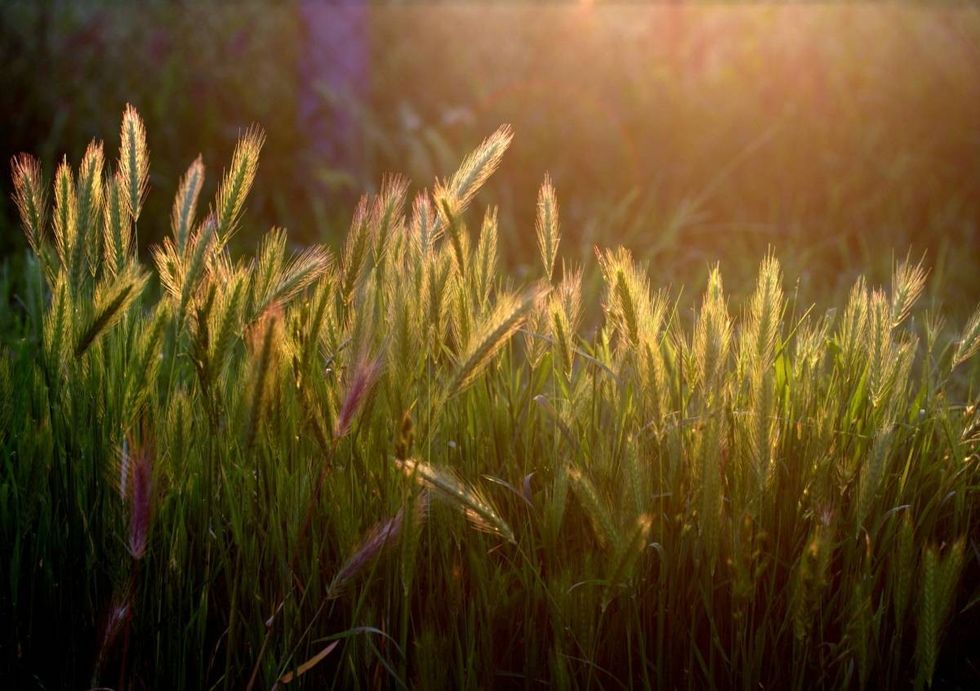
Plus, the solution also lies in what people eat and how they view food and agriculture. “The revolution starts here, on our plates, by looking at the pillars of our diets and by making simple changes. The way to take back this power for ourselves is to understand why we eat what we eat. And to understand what we’re losing—so we know what to reclaim,” wrote Preeti S. Sethi in her book, “Bread, Wine, Chocolate: The Slow Loss of Foods We Love.”











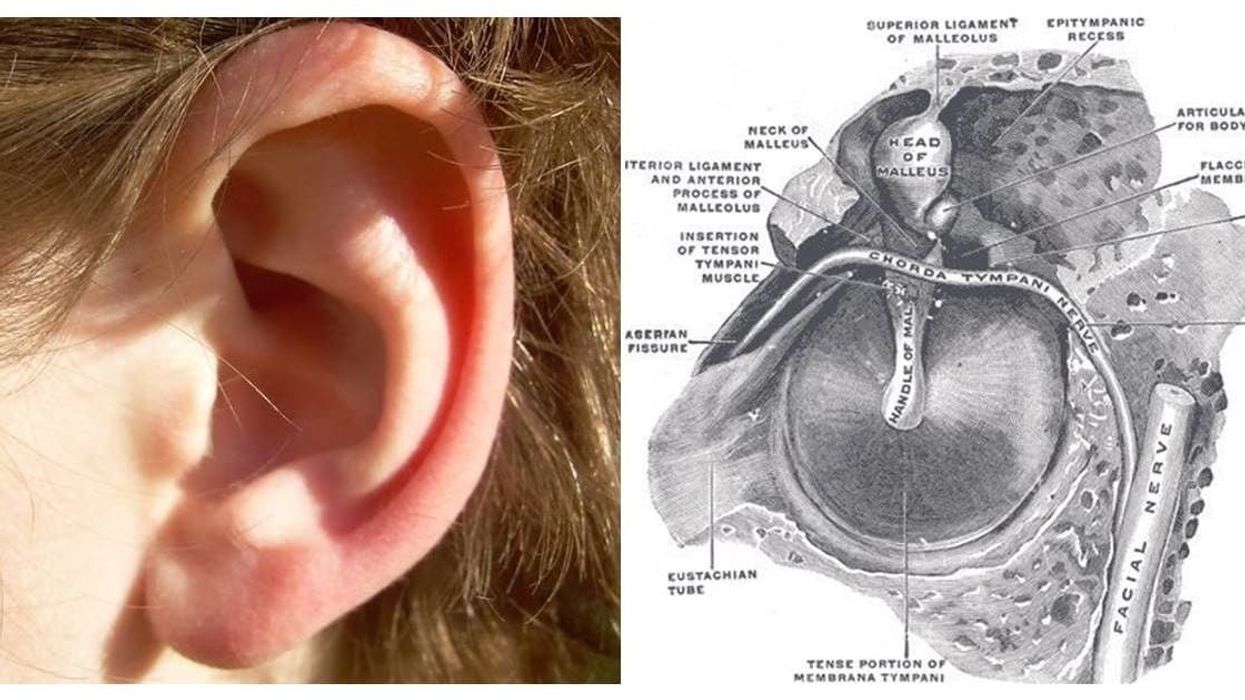






 Representative Image Source: Pexels | Anni Roenkae
Representative Image Source: Pexels | Anni Roenkae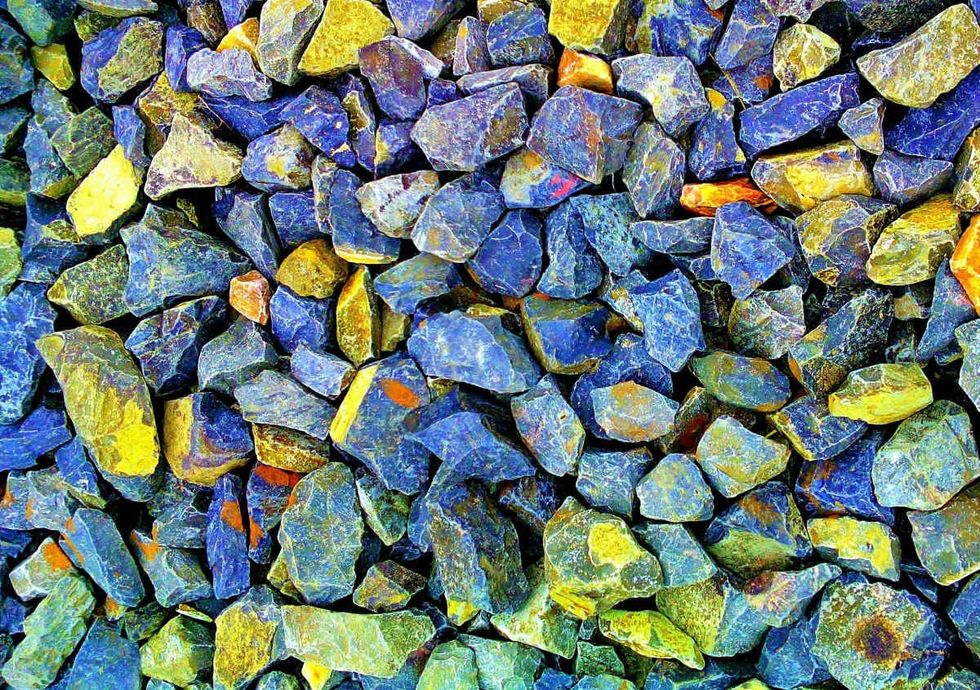 Representative Image Source: Pexels | Its MSVR
Representative Image Source: Pexels | Its MSVR Representative Image Source: Pexels | Lucian Photography
Representative Image Source: Pexels | Lucian Photography

 Representative Image Source: Pexels | francesco ungaro
Representative Image Source: Pexels | francesco ungaro Representative Image Source: Pexels | parfait fongang
Representative Image Source: Pexels | parfait fongang Image Source: YouTube |
Image Source: YouTube |  Image Source: YouTube |
Image Source: YouTube |  Image Source: YouTube |
Image Source: YouTube | 
 Representative Image Source: Pexels | Hugo Sykes
Representative Image Source: Pexels | Hugo Sykes Representative Image Source: Sectional view of the Earth, showing central fire and underground canals linked to oceans, 1665. From Mundus Subterraneous by Athanasius Kircher. (Photo by Oxford Science Archive/Print Collector/Getty Images)
Representative Image Source: Sectional view of the Earth, showing central fire and underground canals linked to oceans, 1665. From Mundus Subterraneous by Athanasius Kircher. (Photo by Oxford Science Archive/Print Collector/Getty Images)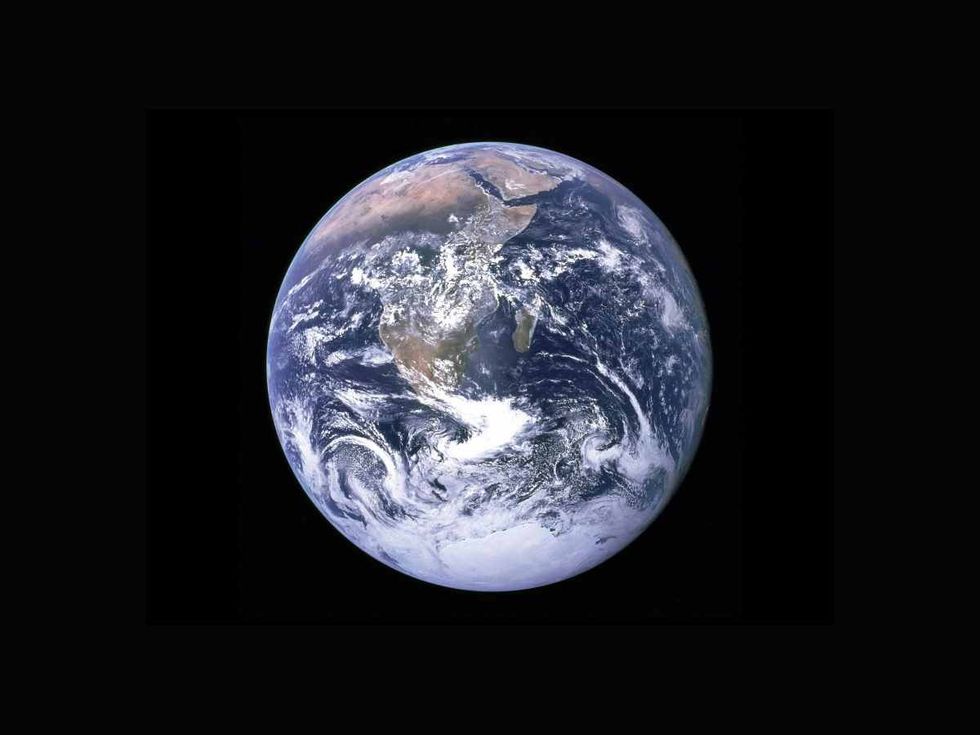 Representative Image Source: Pexels | NASA
Representative Image Source: Pexels | NASA

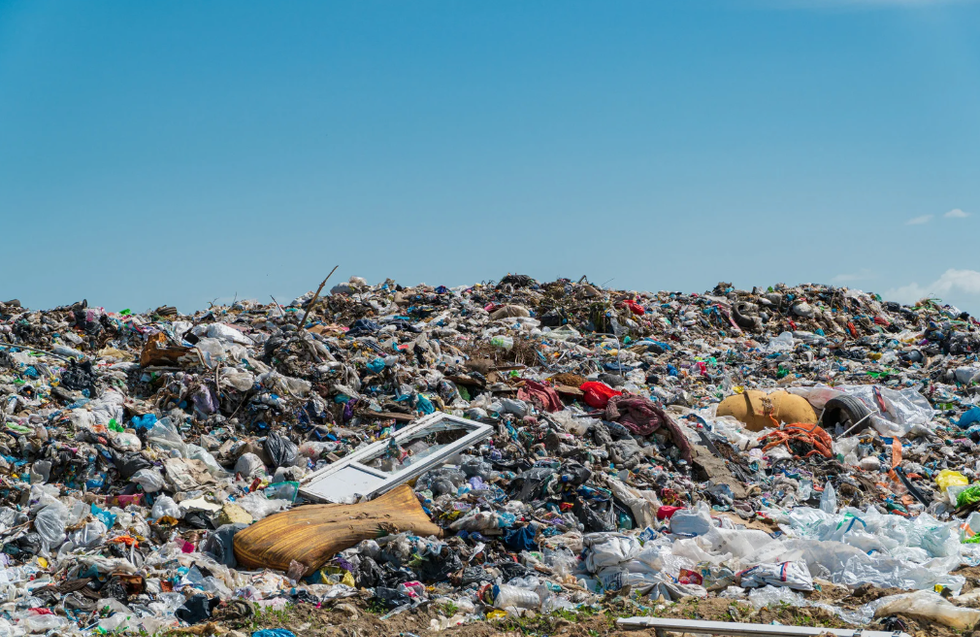


 Representative Image Source: Pexels | Steve Johnson
Representative Image Source: Pexels | Steve Johnson Representative Image Source: Pexels | RDNE Stock Project
Representative Image Source: Pexels | RDNE Stock Project Representative Image Source: Pexels | Mali Maeder
Representative Image Source: Pexels | Mali Maeder
 Photo: Craig Mack
Photo: Craig Mack Photo: Craig Mack
Photo: Craig Mack